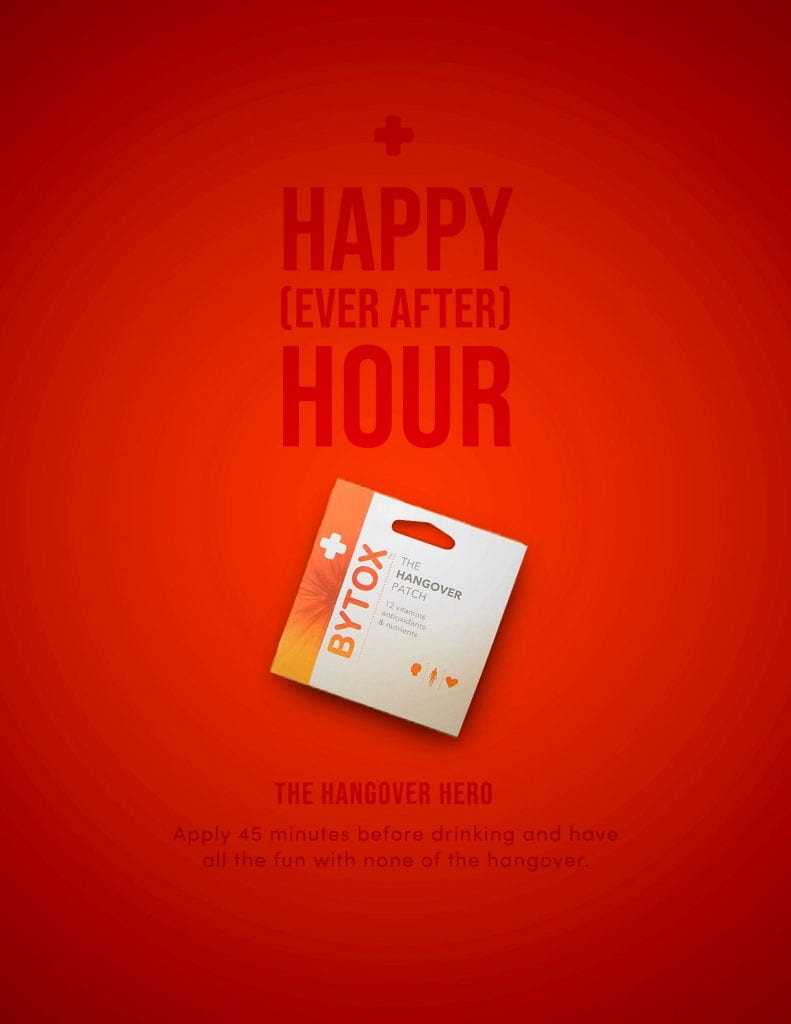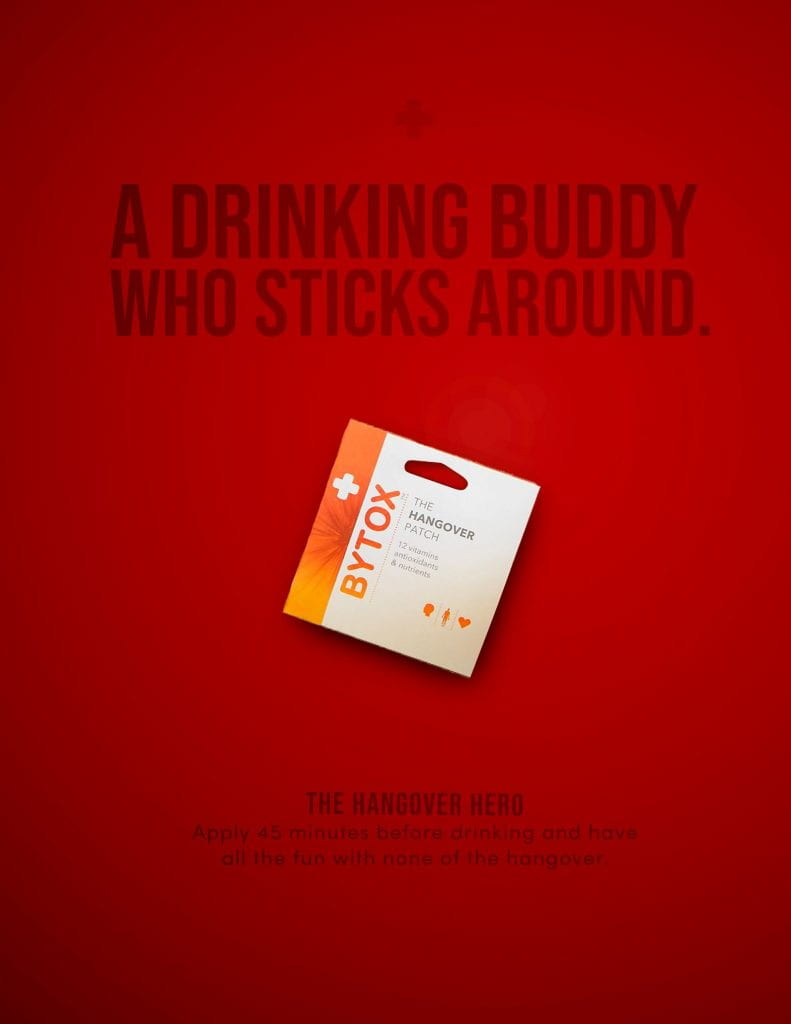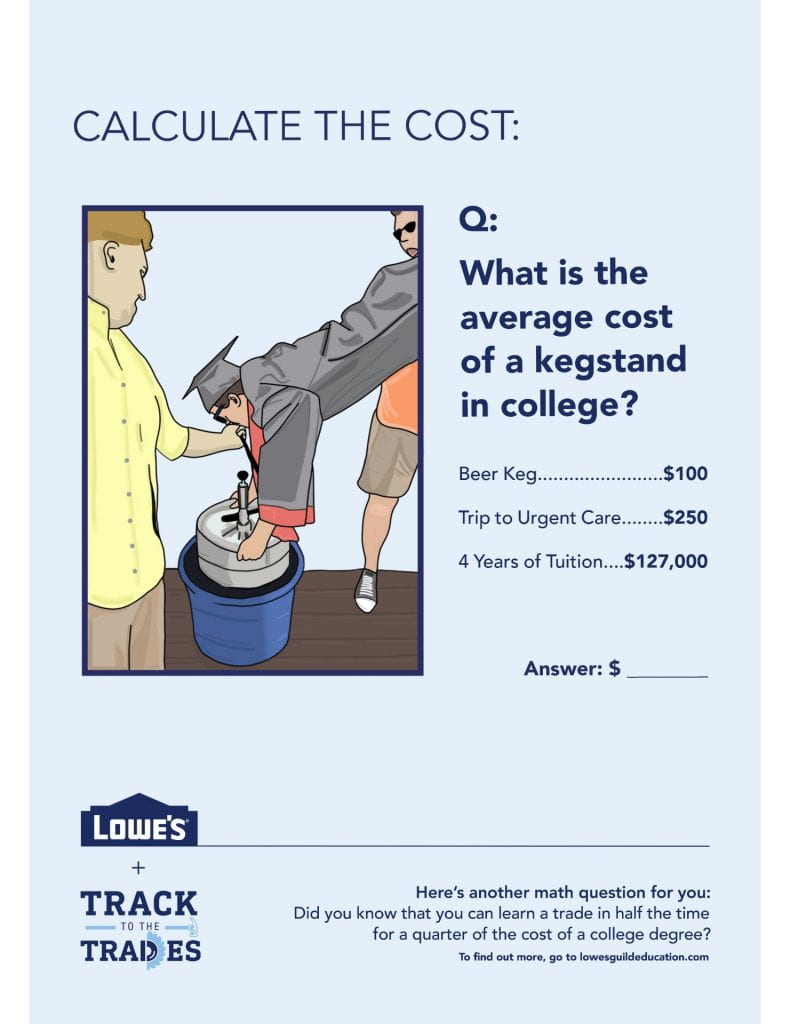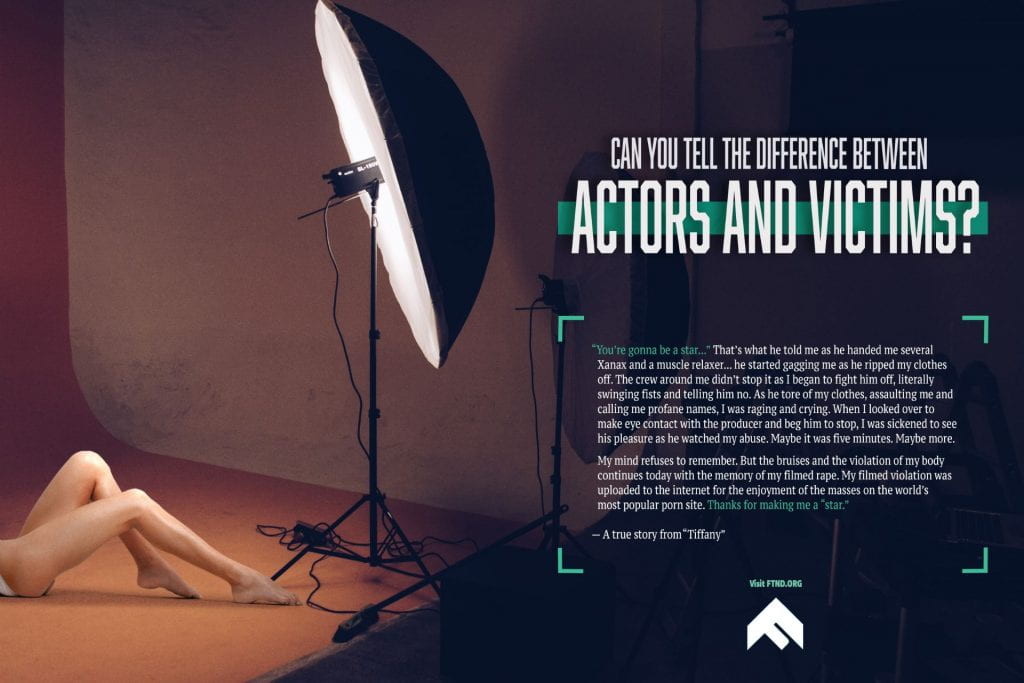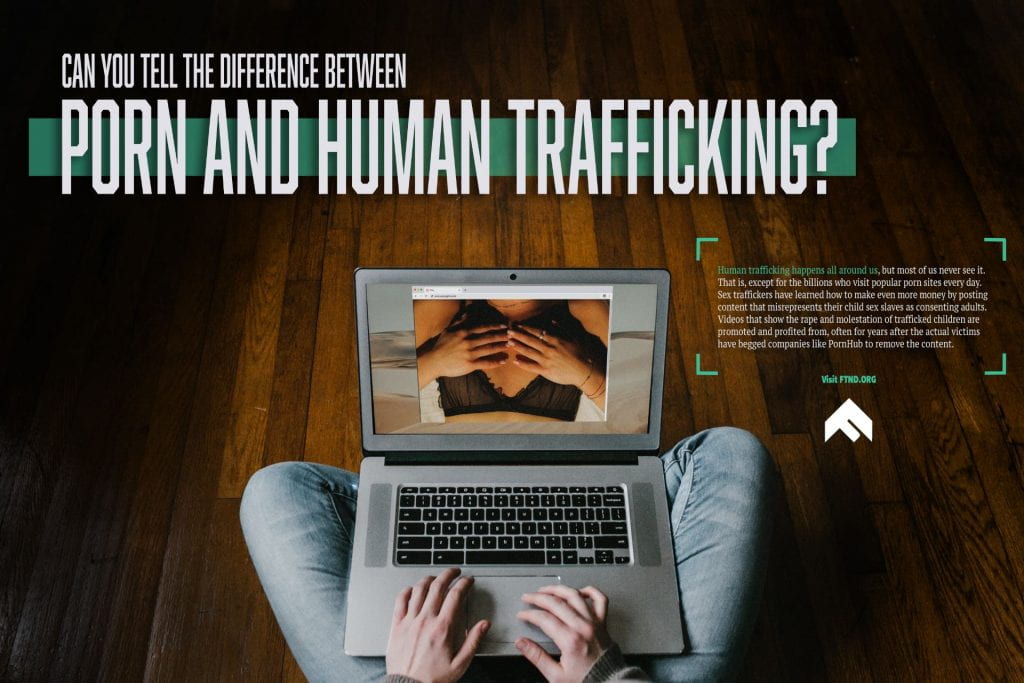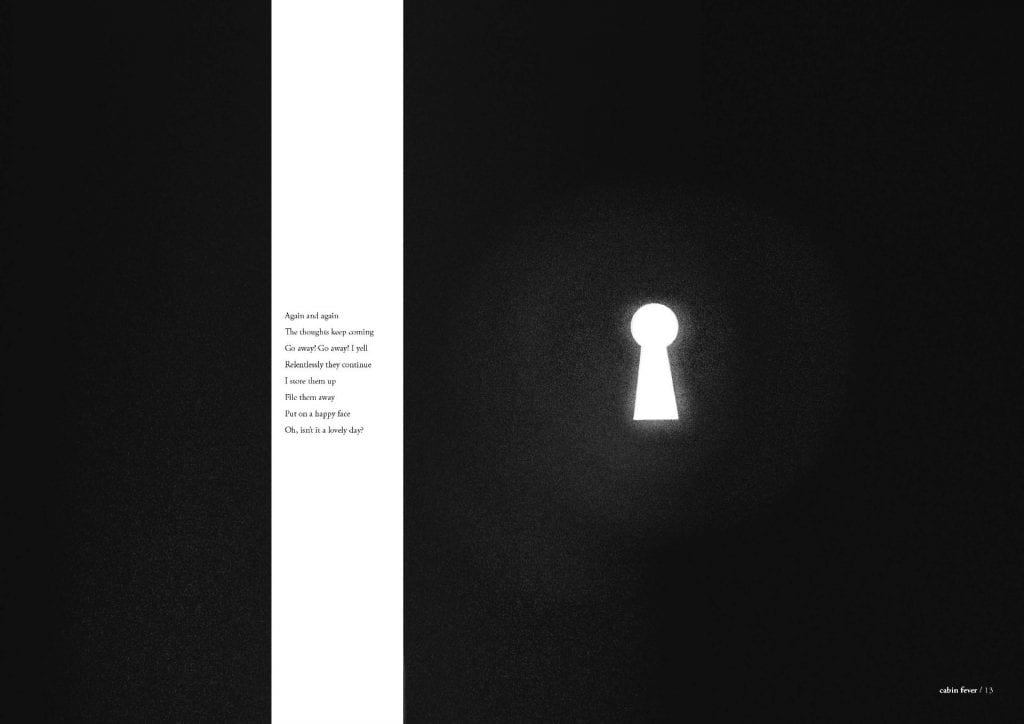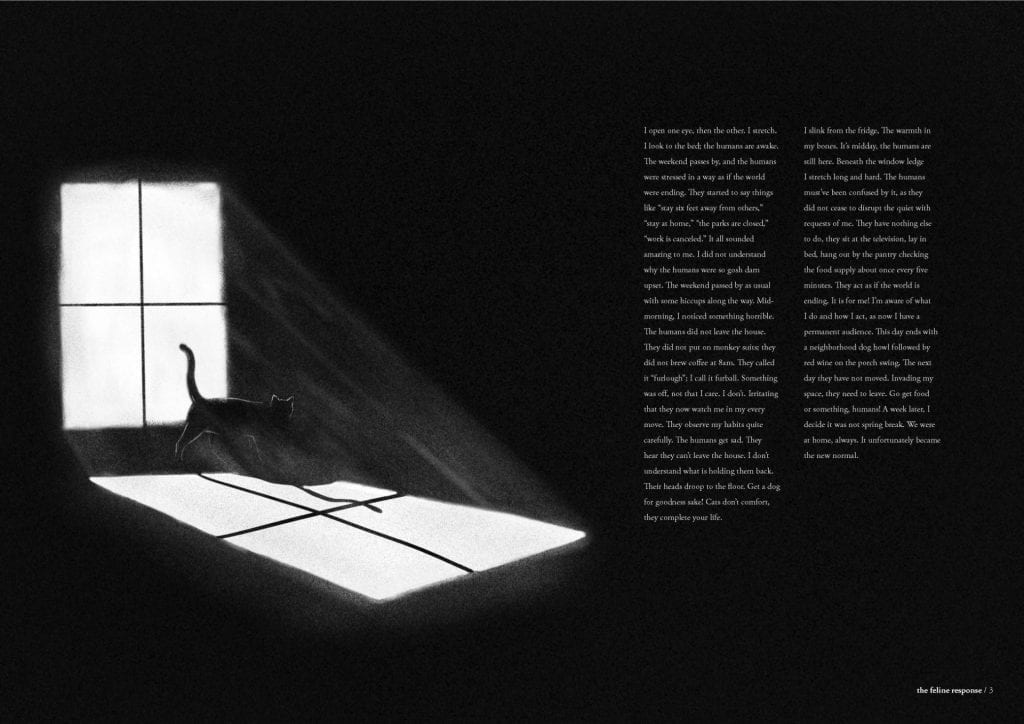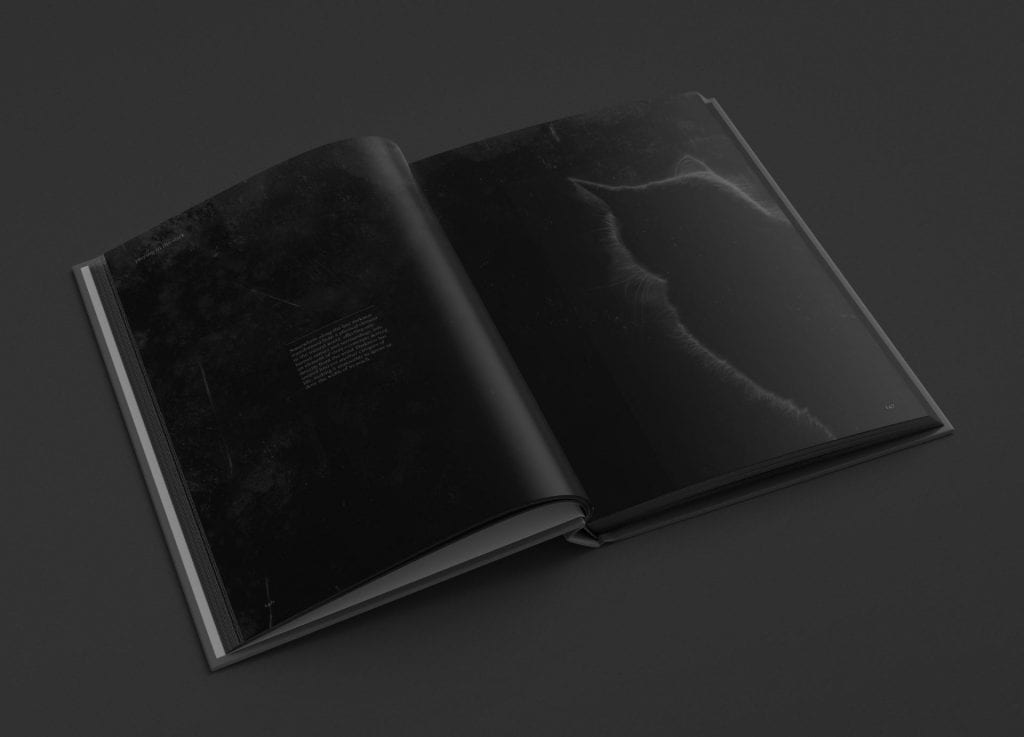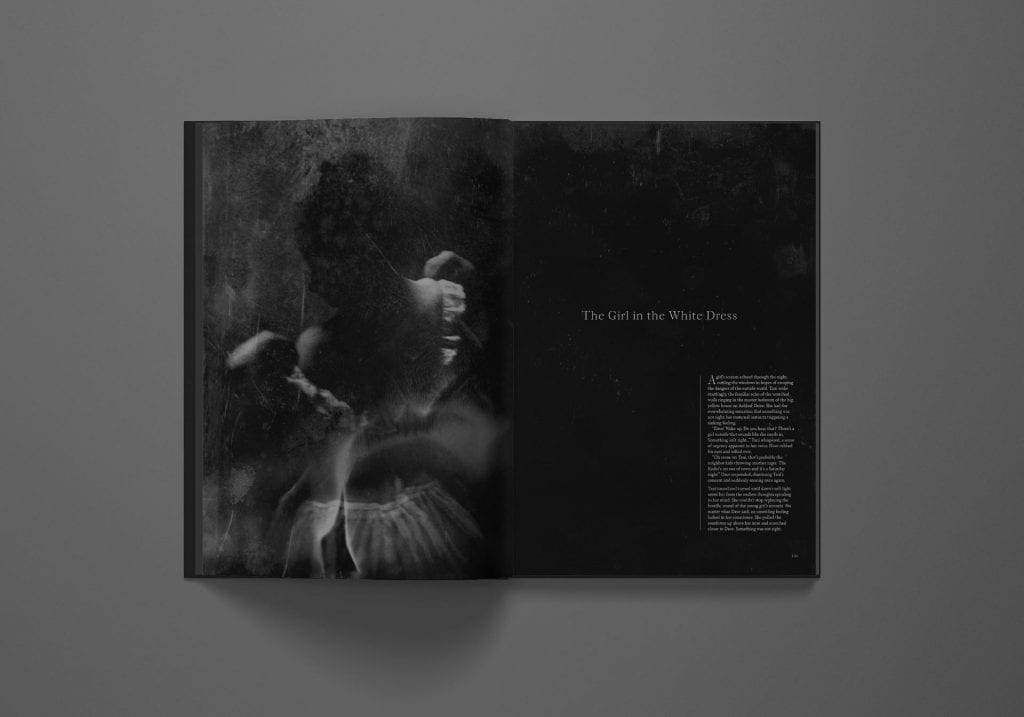 Throughout his career, Temerlin professor Dr. Mark Allen has worked as an art director and designer for clients including the History Channel, the New York Yankees, Norton/Symantec, Martha Stewart, The Walking Dead, A&E Networks, HBO, the U.S. National Parks Service and the Vietnam Veterans Memorial Fund. His work has been recognized for creative excellence in the Print Regional Design Annual and Applied Arts magazine and by the Promotion Marketing Association, the Illustrators Society of Los Angeles and the Dallas Society of Visual Communications. He joined SMU’s newly established Temerlin Advertising Institute in 2003, where he currently teaches various creative advertising courses. Allen recently shared his insights into his students’ work and the shift in teaching creative courses brought about by the pandemic.
Throughout his career, Temerlin professor Dr. Mark Allen has worked as an art director and designer for clients including the History Channel, the New York Yankees, Norton/Symantec, Martha Stewart, The Walking Dead, A&E Networks, HBO, the U.S. National Parks Service and the Vietnam Veterans Memorial Fund. His work has been recognized for creative excellence in the Print Regional Design Annual and Applied Arts magazine and by the Promotion Marketing Association, the Illustrators Society of Los Angeles and the Dallas Society of Visual Communications. He joined SMU’s newly established Temerlin Advertising Institute in 2003, where he currently teaches various creative advertising courses. Allen recently shared his insights into his students’ work and the shift in teaching creative courses brought about by the pandemic.
“I knew that teaching creative studio-based classes virtually was going to be a challenge, but it was much harder than I anticipated. It was difficult to hold our weekly critiques—the lifeblood of our creative classes—on Zoom because we’re used to walking around the room, making notes, and drawing sketches on the work that plasters every available surface in the classroom. Losing the spatial, tactile dimension of what we do in the classroom was felt every time we met online. Additionally, there’s usually a lot of back-and-forth with the students. But humor and sarcastic banter are hard to pull off on Zoom when most of the class is on mute. More than anything, I miss hearing the flood of input from my students during a critique. They are so smart and so funny, and I depend on their eyes, ears and brains to back me up—and to challenge my ill-advised suggestions. Zoom only allows you to focus on one thing at a time: one voice, one image, etc. And I don’t usually run my classes like that,” Allen explains.
Once Dallas got past the 100+ degree days of August, Allen started holding “Lawn Chair Hours” out on the grass in front of Dallas Hall. He bought a couple of comfy new lawn chairs and set them up 10 feet apart. Each week he would meet with a steady stream of students who were happy not to be looking at their teacher on a screen—sometimes for eight hours a day, nonstop. He intentionally made Lawn Chair Hours open-ended. Most of the time, they would talk about class projects, but they would also talk about life, work, culture, the pandemic or whatever else was on their minds. Allen just wanted to inject a little normalcy into their lives, even if it wasn’t class related.
Toward the end of the semester, Allen began to feel the strain of social distancing in a new way as they entered the final stages of producing campaigns. “My students and former students will all attest that so much of the ‘magic’ that happens occurs in the final few weeks of the semester—sometimes even in the final days or hours leading up to the deadline,” Allen says. This is usually the point in the semester when his relationship with his students changes to more of an apprenticeship than that of critique and feedback. Allen likes to sit side-by-side with his students and work with them on their problems—through their problems. He shows them how to do it on his computer first and then lets them “drive” for a while—back and forth until they solve the problem. This is how Allen learned in his first job as a junior art director when a more senior creative director looked over his shoulder (sometimes for hours on end). Allen adds, “Watching a pro work taught me things that I could never have learned in school, but it’s something that I try to incorporate into my approach to teaching.”
Allen has tried his best to continue the apprentice model this semester (especially with less experienced Concepting students), but the process was extremely tedious and took much longer than usual. “But those students who rolled up their sleeves and put up with my relentless changes were able to produce some great work in the end,” he says. Despite the difficulties, Allen expects the creative students to be well poised for the usual spring competitions: the AAF ADDYs, Lürzer’s Archive, the DSVC National Student Show, Communication Arts, and the Young Ones.
Allen hopes to connect graduating students to jobs and create a buzz for the Temerlin program in the advertising industry. To do so, he began sharing student work on his LinkedIn profile, which has garnered more than 20,000 views to date. Dozens of ad industry professionals have reached out to express how impressed they are with the work— and many of them have inquired about hiring Temerlin students. Allen posted one campaign by Sarah Scambray and Ellie Pace that caught the attention of the client represented in the work: Bytox, a simple arm patch that prevents/reduces the negative effects of hangovers. Bytox was so impressed that they contacted Scambray and Pace directly and hired the students to produce a version of their campaign for the company’s social media channels.
Sharing current student work also acts as a catalyst to generate prospective student interest for Temerlin’s programs. Those who enroll in the creative track have an opportunity to hone skills and tackle a variety of real-world challenges in Allen’s classes.
In his Concepting course, students develop techniques and the personal discipline inherent to the generation of novel, sophisticated creative work based on a solid concept. One of the more interesting (and difficult) briefs from this fall was student Palmer Beldy’s campaign for Lowe’s—specifically a program called Track to the Trades that helps students go to trade school. Allen explains, “This assignment’s main challenge was the almost unquestioned belief that a four-year college degree is the path everyone should take. On the other hand, trade school is often regarded as the easier, lesser path for people who aren’t as smart or ambitious. This is not only a harmful, classist stereotype, it’s simply untrue. Tradespeople (e.g., plumbers, electricians, and those who work in construction) often out-earn their college-bound counterparts—especially when you factor in the cost of college tuition, student loan debt, and the time it takes to complete trade school versus college. By the time the typical college student graduates and starts paying on the massive student loan they’ve accumulated over the past four or five years, the tradesperson has already been working a full-time job for two to three years, earning a good salary. The other difficulty of this particular assignment was how you promote the trade school option in a way that doesn’t come across as anti-college, since a four-year degree really is the best choice for some students. Of course, it should not be lost on us that this campaign was conceived and produced by a student who is personally invested in the college path (at SMU, no less). In the end, Beldy did an excellent job of looking at the world through someone else’s eyes and was even able to poke fun at certain aspects of her own college experience.”
Meriel Upton tackled another difficult campaign in Allen’s Concepting course for Fight the New Drug—a non-religious, non-legislative, nonprofit organization raising awareness about the negative effects of pornography based on scientific evidence, sociological research, and personal accounts from porn industry survivors. “The campaign simply asked: What do we do about the fact that most people can’t tell the difference between porn and human trafficking? Between adults and minors? Between consent and force? Upton’s approach was both smart and compassionate in that she avoided puritanical shaming tactics that are entirely unhelpful for the millions who are addicted to porn despite the conclusively proven negative effects it has on one’s mental health, relationships, sexual health and satisfaction. She was also able to thread the needle on another difficult problem—how to visually represent the seedy realities of the porn industry without actually showing porn,” Allen says.
Allen’s Advanced Portfolio course is devoted to the development and professional-level execution of an advertising portfolio reflecting mastery of strategic and conceptual thinking. “While it may not be obvious from the final product (two commercials), Meredith Welborn and Luke Lockwood took on a difficult subject with their campaign for 23andMe. Just over a year ago, category competitor Ancestry.com had to quickly pull and apologize for a widely condemned commercial that was racially insensitive. Peeling back the history of how we got to where we are today can be tricky. Early in their ideation stage, Welborn and Lockwood ran into many problems when trying to convey the idea that we’re all different, but we’re also all the same. But in the end, they found a compelling way to tell this story while avoiding some of the pitfalls that other brands have experienced,” he shares.
In his Publication Design class, students examine the graphic designer’s role in the layout and design of publications. Lectures and studio work cover historical and current practices and technologies used to produce multipage publications while addressing legibility and enhanced storytelling issues. In January 2020, before anyone in the U.S. had even heard of the coronavirus, Allen’s Publication Design syllabus was complete, and the topics for his book design project were selected. “For some reason, I thought it would be fun to assign a bunch of ominous, difficult topics: the seven deadly sins, claustrophobia, etc. But by the time the project started (the week after spring break), we were all in full lockdown mode and it wasn’t so funny anymore,” Allen says. However, his Publication Design students rose to the challenge and used the strange times they were living through to channel their creativity in a new way. Daniel Heard and Ellie Pace designed a book entitled Quarantine that dealt with claustrophobia, cabin fever and the feelings of isolation. The book is filled with their own hand-drawn illustrations and original poetry.
Similarly, Rani Vestal (designer) and Anna Rose Corell (writer) explored the concept of Darkness in a book project of the same name. Allen adds, “It’s worth noting that Vestal and Corell didn’t stop after designing the five spreads required for the class; they wrote and designed a 240-page book from cover to cover.
“While it was (and still remains) a difficult season to live through, I am so proud of how well my students have adapted to the changes and have pushed through these difficulties,” Allen says.
Click here to learn about Temerlin’s creative advertising program.

